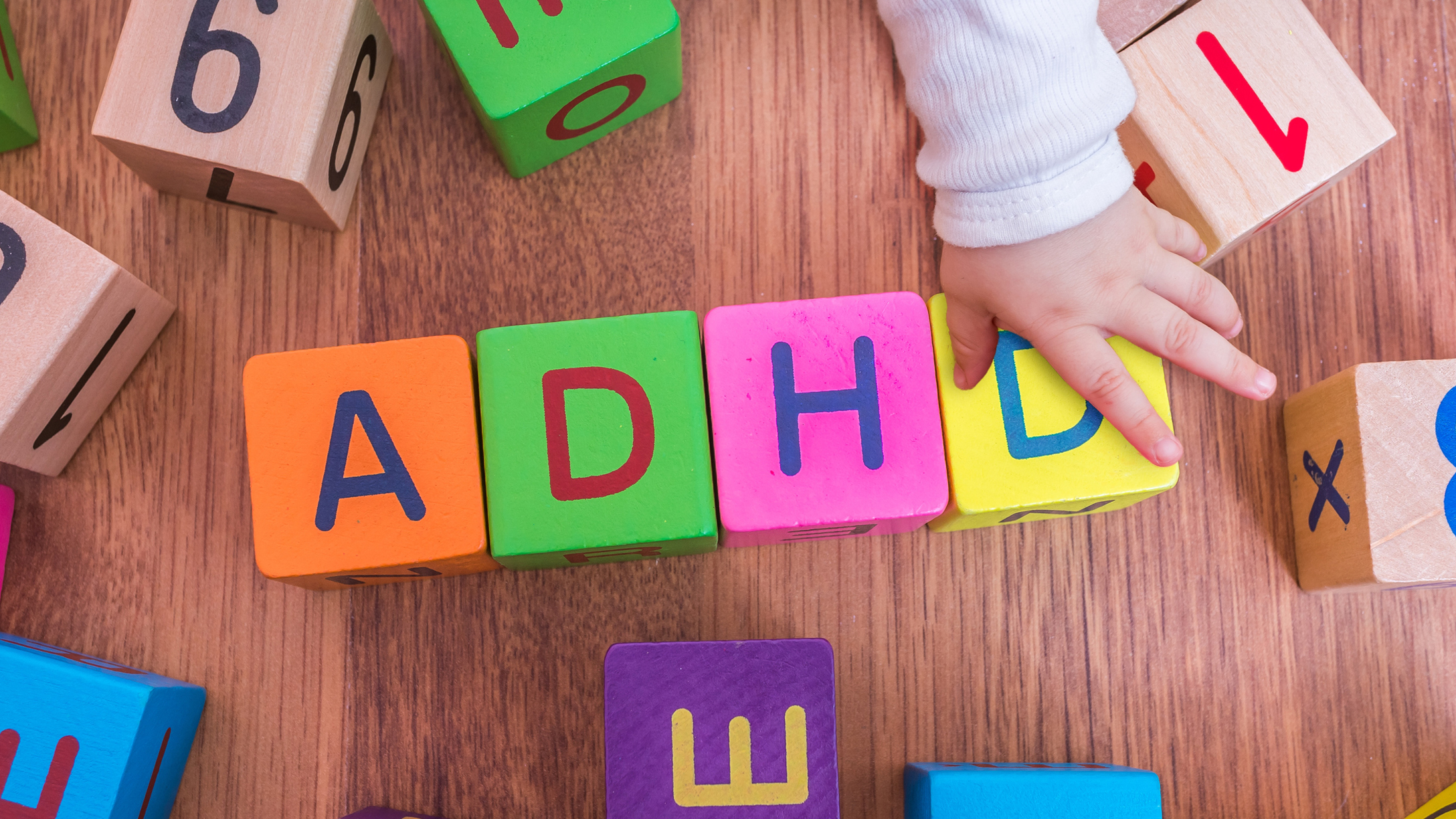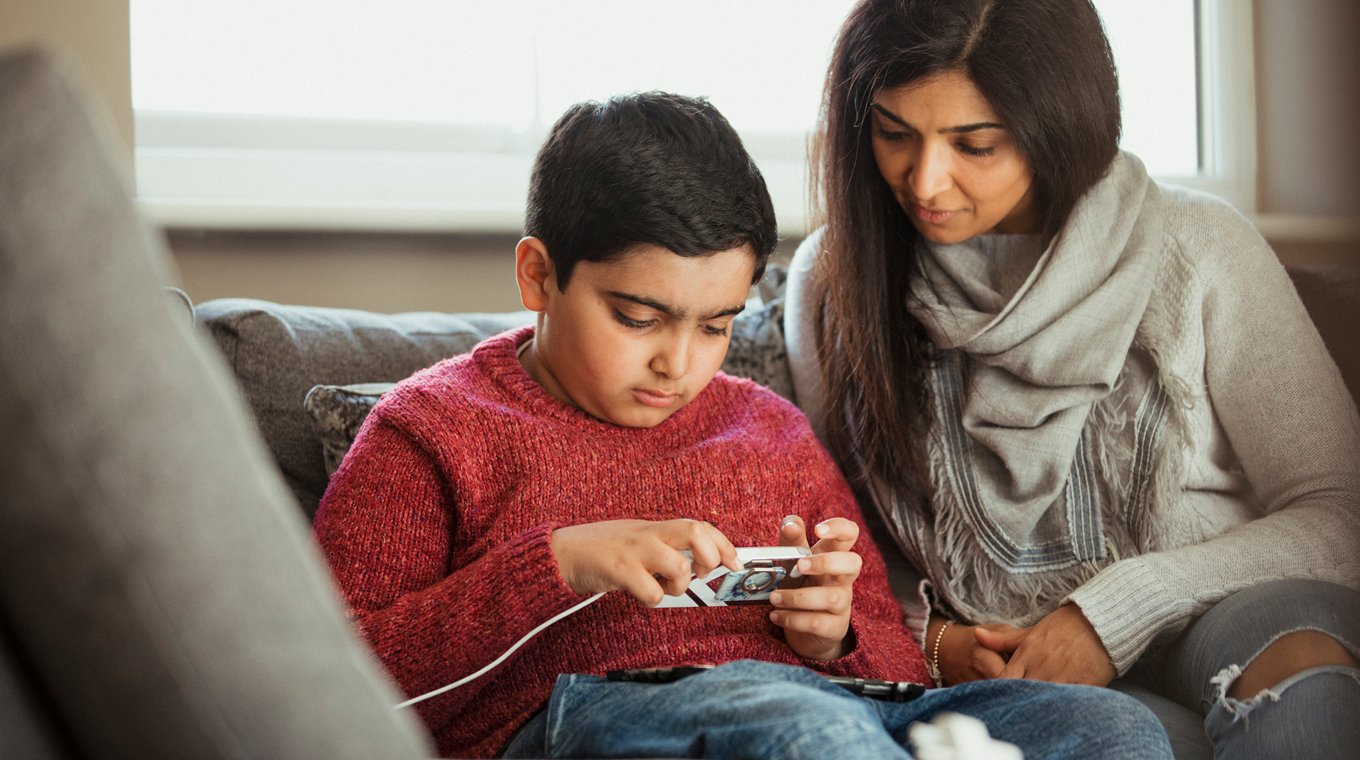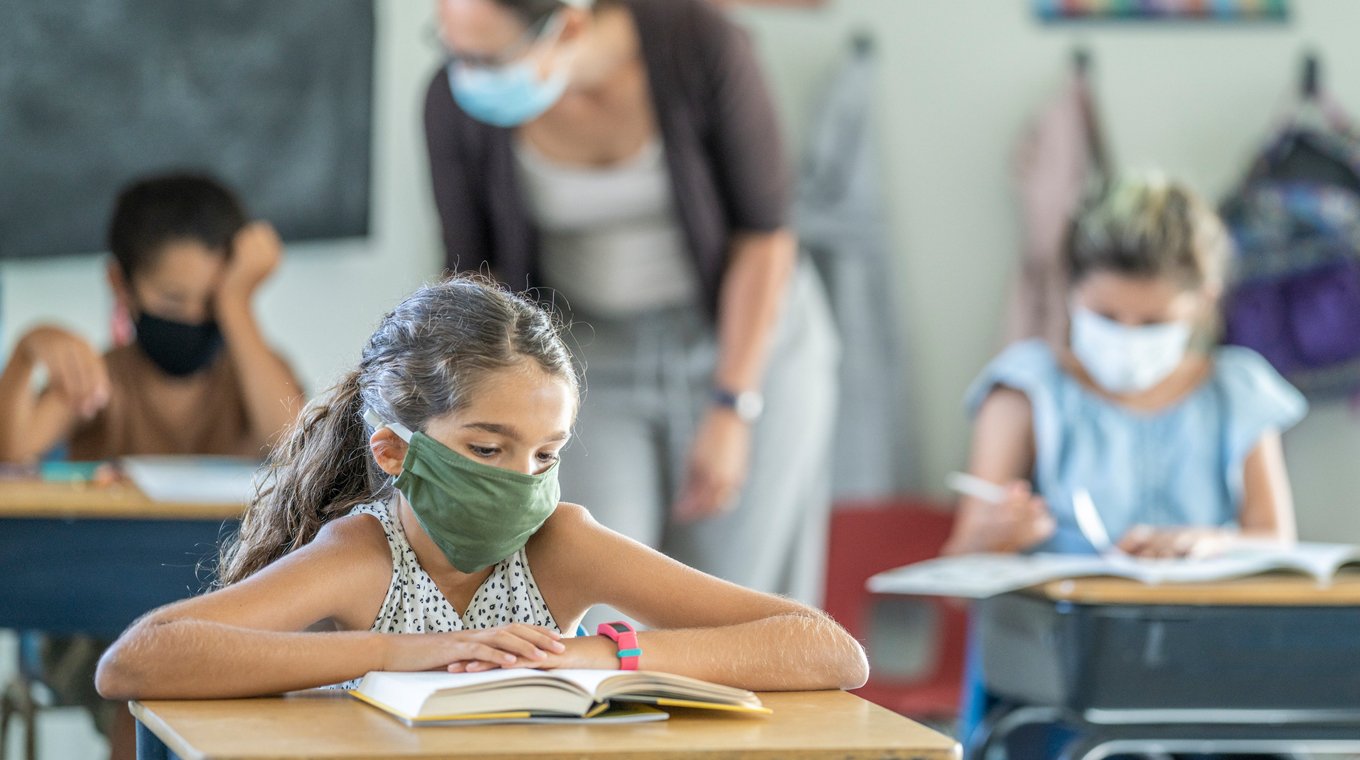
In this article
If your child has ADHD, being informed is vital. Whether it’s the early signs of ADHD in toddlers, how to help your kids with ADHD with their homework or how to deal with virtual learning and ADHD, keeping up with the latest developments is key.
In light of ADHD Awareness Month, we’re bringing you the latest news, trends and research on attention-deficit/hyperactivity disorder (ADHD) — or ADD for those who do not experience hyperactivity.
ADHD awareness : Keep up to date on the latest research, news and studies

ADHD is one of the most common neurological disorders affecting children as well as many adults. ADHD symptoms are usually hyperactivity, poor impulse control, forgetfulness, and distractibility.
“The most important thing is that there is a spectrum of symptoms when it comes to ADHD,” spokesperson for the American Academy of Pediatrics (AAP) Dr. Steph Lee told Mom.com. “This means early on, with proper behavioral management and interventions at school and at home, children can benefit immensely and may not need to receive medications.”
Current ADHD recommendations
Irrespective of the latest trends in ADHD, some general recommendations for ADHD stay evergreen. While there is no cure, treatments range from behavior therapy and intervention — including training for parents — to prescription medication.
The treatment of ADHD can include all or some combination of the following:
- Behavioral intervention
- Stimulant and non-stimulant medications
- Parent education and support
- School support and classroom behavioral intervention
- Close monitoring and adjustments of treatment plans
Please consult with your child’s doctor or medical professional for an accurate diagnosis and appropriate treatment plan.
ADHD risk factors: Children of parents with ADHD have an increased risk of developing symptoms
Confirming previous research about the hereditary nature of ADHD, a new paper reviewed existing literature and data on ADHD. Compared to neurotypical parents, the kids of parents with ADHD have an increased risk (40% to 57%) in developing ADHD symptoms versus that of control groups (2% to 20%).
Teens with ADHD at higher risk of substance use disorder (SUD)
According to research, not only do teenagers with ADHD have a higher prevalence of SUD, ADHD also plays a part in the quicker progression from initial substance use to abuse. The substance abuse may also follow a more uncontrollable procession.
How the pandemic is affecting individuals with ADHD

With the coronavirus resulting in virtual learning, parents working at home, and a lot of uncertainty and change, families are finding that they may need additional resources — especially those geared towards dealing with ADHD.
Treatment changes for children with ADHD during the lockdown
Due to a combination of factors like the online learning environment, the prospect of social distancing for in-person schooling, increased anxiety, and more flexible schedules, many caregivers are adjusting their child’s ADHD treatment plans. According to a survey conducted by ADDITUDE magazine, about half of the responding caregivers have changed treatments for their kids in the past five months.
Pandemic and virtual learning making ADHD diagnosis difficult
Because kids are so cooped up due to the lockdown and virtual schooling, it has made diagnosis of ADHD particularly difficult. Dr. Lee shared a tip to Mom.com about how parents can tell the difference. “Remember that children with ADHD cannot pull themselves together in every environment they’re in — whether it’s with parents or grandparents or it’s school or home,” she said. “It affects every aspect of their life.”
COVID-19 infection rate is higher in people with unmedicated ADHD
A recent study in Israel discovered the COVID-19 rate of infection for individuals with unmedicated ADHD is almost 50% higher than those without ADHD. According to the data, for folks with symptoms like hyperactivity and impulsivity, the use of stimulant medication significantly decreased the risk of virus exposure.
Additional facts about ADHD you may not know

While you may already know a lot about ADHD, here are a few facts that aren’t often discussed.
There are three types of ADHD
ADHD is comprised of three different types (and to be diagnosed, the symptoms must impact your daily life):
- Inattentive: easily distracted, doesn’t appear to follow instructions, can’t pay attention, forgetful
- Hyperactive-impulsive: restless, fidgety, talkative, impatient, does everything loudly, acts “as if driven by a motor”
- Combination: combination of inattentive and hyperactive-impulsive
ADHD symptoms present differently in girls
Many people do not realize that ADHD looks different in girls than boys. “A different presentation (more common for females) is that of being a ‘daydreamer,’” Keri Turner, PsyD told Mom.com, “where the child’s mind drifts off frequently and doesn’t seem to be paying any attention to what is going on in front of them.”
“Like many girls, our daughter’s behavior didn’t fit a lot of stereotypes about ADHD,” Matt McDonell told Mom.com. “It was hard for teachers to link her difficulties navigating the organizational structure of the class to her learning difference. It was often attributed to laziness since it was clear that she was so capable intellectually.”
For adolescent girls with ADHD, they’re more likely to face difficulties socially and have a negative self-concept compared to boys with ADHD and women without ADHD.




